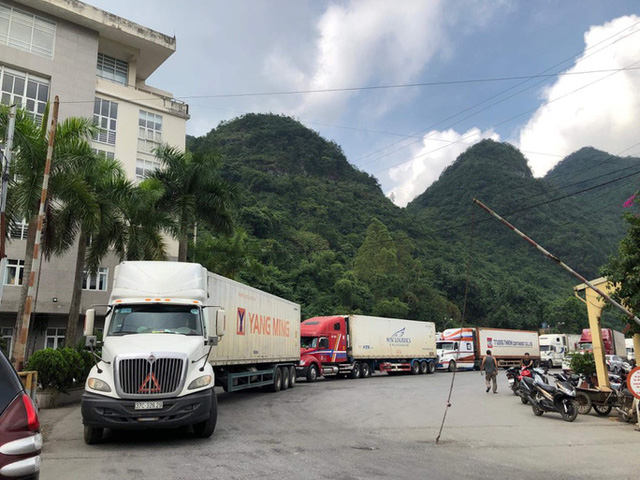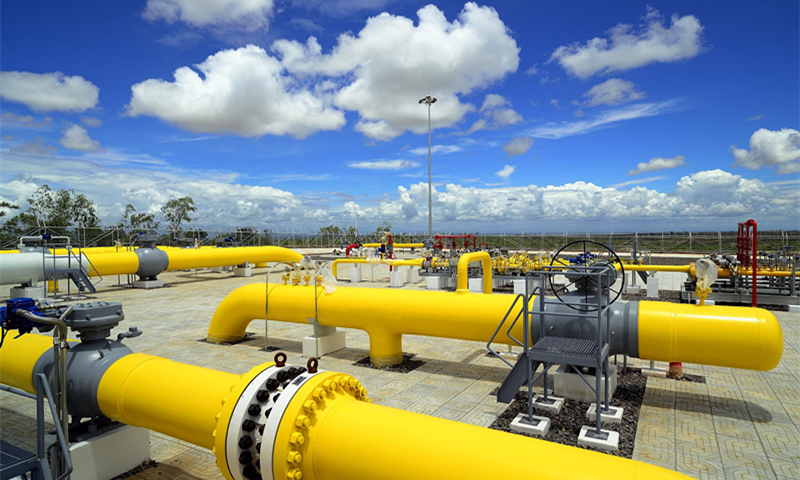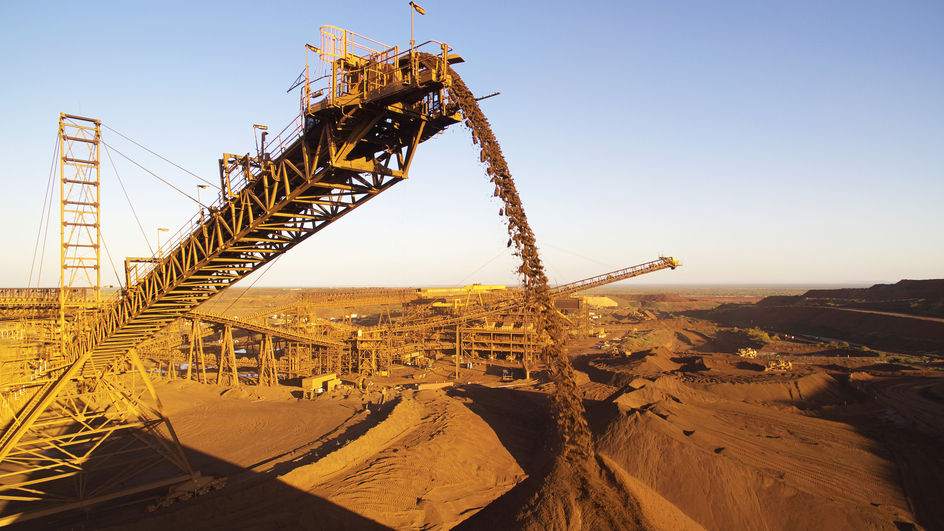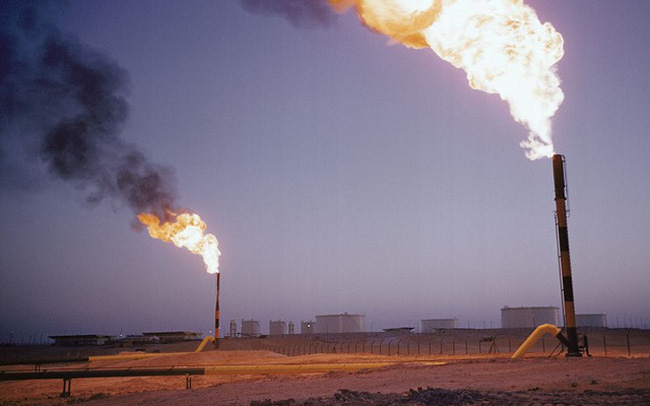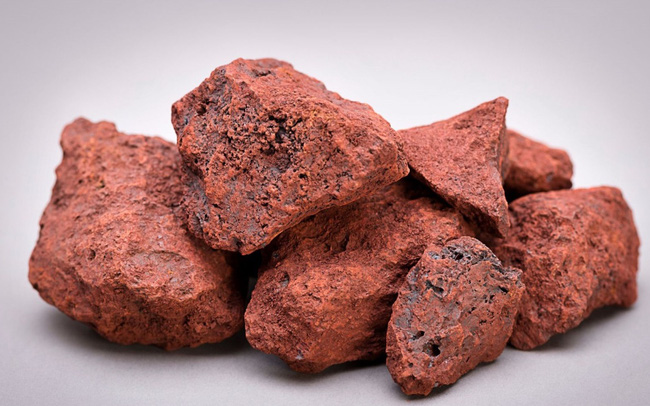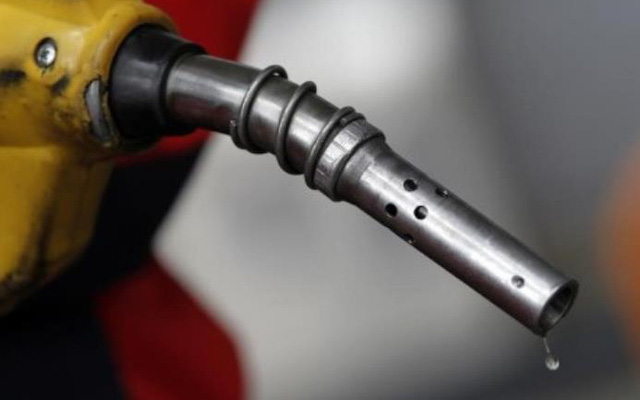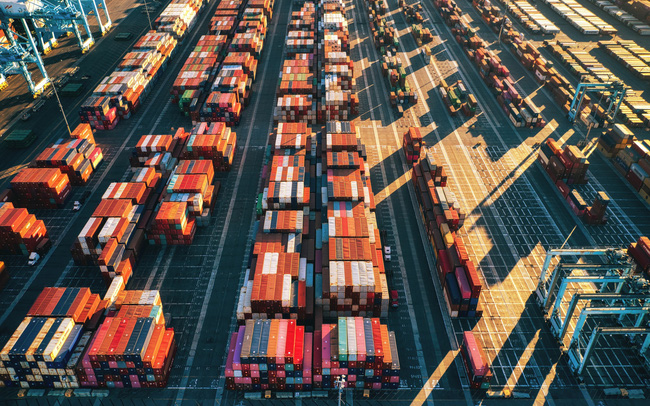
Coal will remain the main source of energy for many years to come.
The rise in electricity prices in Europe is the result of a hasty energy transition, when policymakers failed to take into account the potential negative consequences.
Some economists argue that the recent increase in electricity prices in Europe is the result of a hasty energy transition, when policymakers have failed to take into account the consequences. negative effects of wind shortage and production reduction in wind farm (WPP).
In that context, Russia, the leading coal exporter, is facing certain opportunities and challenges.
Regarding this issue, Sputnik radio had an interview with Mr. Sergey Mochalnikov, Director of the Department of Foreign Economic Cooperation and Fuel Market Development of the Russian Ministry of Energy.
* Signaling a deceleration in coal consumption
According to Sergey Mochalnikov, the main task of the entire energy sector is to ensure the supply of electricity to the population and industries.
Today, the world has been in the process of transitioning to renewable energy options such as wind power, solar energy. However, during this transition, great attention should be paid to the energy balance, so that a price imbalance does not occur.
China, the world’s top coal consumer, recently announced its goal of becoming carbon neutral by introducing entirely new energy sources, in parallel with the use of appropriate cleaning systems. , as well as a CO2 capture and treatment system to completely eliminate pollutant emissions and greenhouse gas emissions.
However, commenting on China’s reduction in coal consumption to achieve carbon neutrality, the Russian Commerce Ministry official said that the world’s second largest economy is not Russia’s largest coal consumer. and Moscow now have enough customers in Southeast Asia.
Within the framework of Russian Energy Week, a memorandum of understanding was signed between Russia and India to increase the supply of coking coal for metallurgy to 40 million tons from the current amount of about 8 million tons of coal. type.
According to Sergey Mochalnikov, perhaps what is happening in China should not be called an energy crisis. Instead, these are only temporary difficulties related to the supply of primary hydrocarbon compounds, accompanied by changes in the volume of electricity and thermal energy consumption.
In particular, the main reason is due to the sharp increase in electricity consumption in China after the recession caused by the COVID-19 pandemic. This situation leads to the need to supplement the volume of primary fuel. In addition, an important factor is rising coal prices, Australia’s ban on coal imports, as well as previous decisions to reduce coal production.
In that context, expert Sergey Mochalnikov said that China will not be able to immediately “cut off” the huge demand for coal. However, in the medium term, this signals a deceleration in coal consumption.
Wind turbines at the Sea Baltic, northern Germany.
* High-quality Russian coal will still be expensive
Russia’s top coal importers are South Korea, Japan and China. Russia even sells coal to Indonesia, the leading country in coal exports.
In the Atlantic region, North Africa and a country like Morocco have increased purchases from Russia. Egypt is promising because of the increase in gas consumption, their fields are running out. Therefore, they plan to build a coal-fired plant.
Australia is working on its green agenda, while China is also shutting down environmentally damaging power generation facilities and switching to cleaner power plants that require higher quality coal and this is what Russia can offer.
According to expert Sergey Mochalnikov, in the energy transition, the quality of coal will be a factor that will be paid more attention. The coal that does not meet the standards will be gradually removed from the market. These are low grade coals.
For coke, the situation is a bit more stable, but the energy transition will take its toll over time. The process of creating and manufacturing the concentrates and PCI coal (pulverized coal fuel) for use in metallurgy, iron and steel production is an expensive and laborious mechanism.
Russia’s coal production is currently growing at about 9% a year. If this trend continues, growth is expected to be around 6% and 1.5% in 2021 and 2022 compared to the previous year. Coal reserves in Russia exceed 400 billion tons, enough to supply for a very long time.
Commenting on the current general export situation, the Russian Energy Ministry expert said that Russia’s export supply is currently at the level of 2019. However, the goal of increasing this activity is facing some limitations.
Currently Russia exports about 110 million tons of coal / year while demand has exceeded 200 million tons / year. The Russian Customs Service estimates that coal exports in 2021 of “Birch country” may exceed 220 million tons/year, of which about 129 million tons will be transferred to countries in the Asia-Pacific region. If current trends continue, coal exports in 2022 could exceed the export forecast for 2021.
Commenting on when the coal era will end, the Russian Energy Ministry expert said that he cannot answer, because he has not yet seen a technological breakthrough that can comprehensively restructure the energy industry, while still ensure the required level of reliability and pricing environment.
The world still has poor countries and today coal is probably the cheapest form of energy. Therefore, until 2040, coal will certainly remain one of the fundamental elements helping to balance the energy market.
However, as we move into the period 2040-2050, the world may emerge with technologies that can replace and take the energy market to another fundamental level.
Energy transformation is not a leap but a “marathon”, and every step in it must be verified so that the world doesn’t miss, stumble at each step without calculating the consequences.
T&G International Joint Stock Company
Address: 352 Hue Street, Le Dai Hanh Ward, Hai Ba Trung District, Hanoi
Hotline: 0345786803
Email: hrm@tginterjsc.com
Website: http://tginternationaljsc.com



